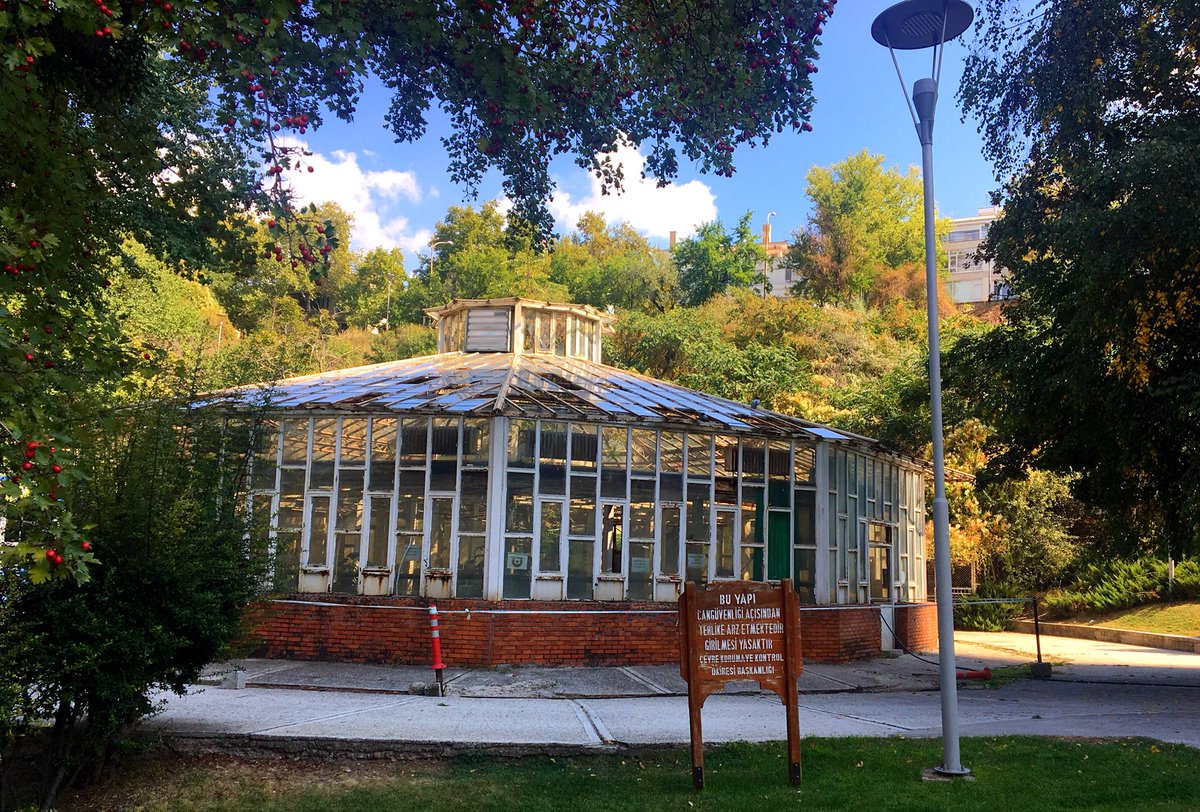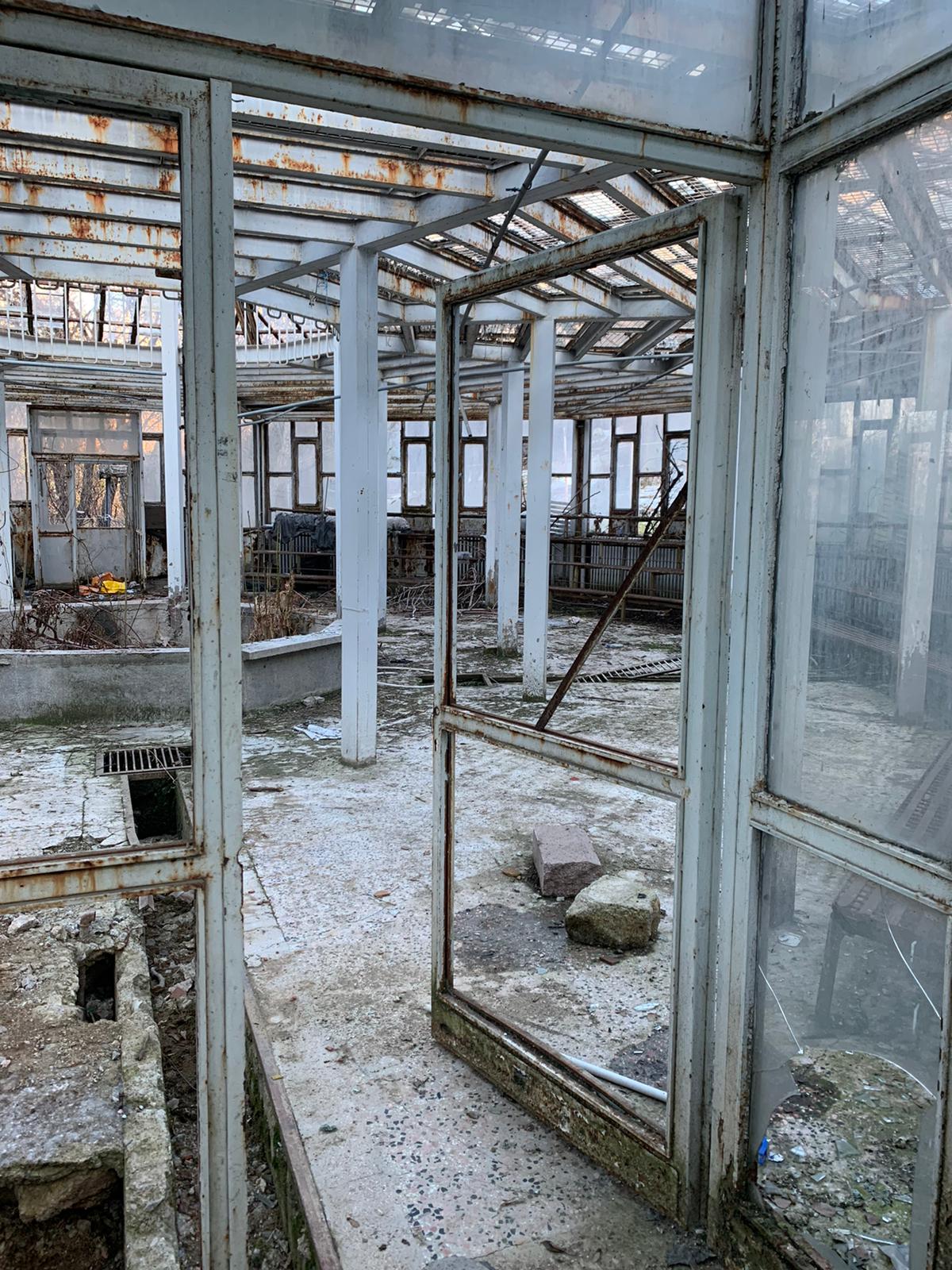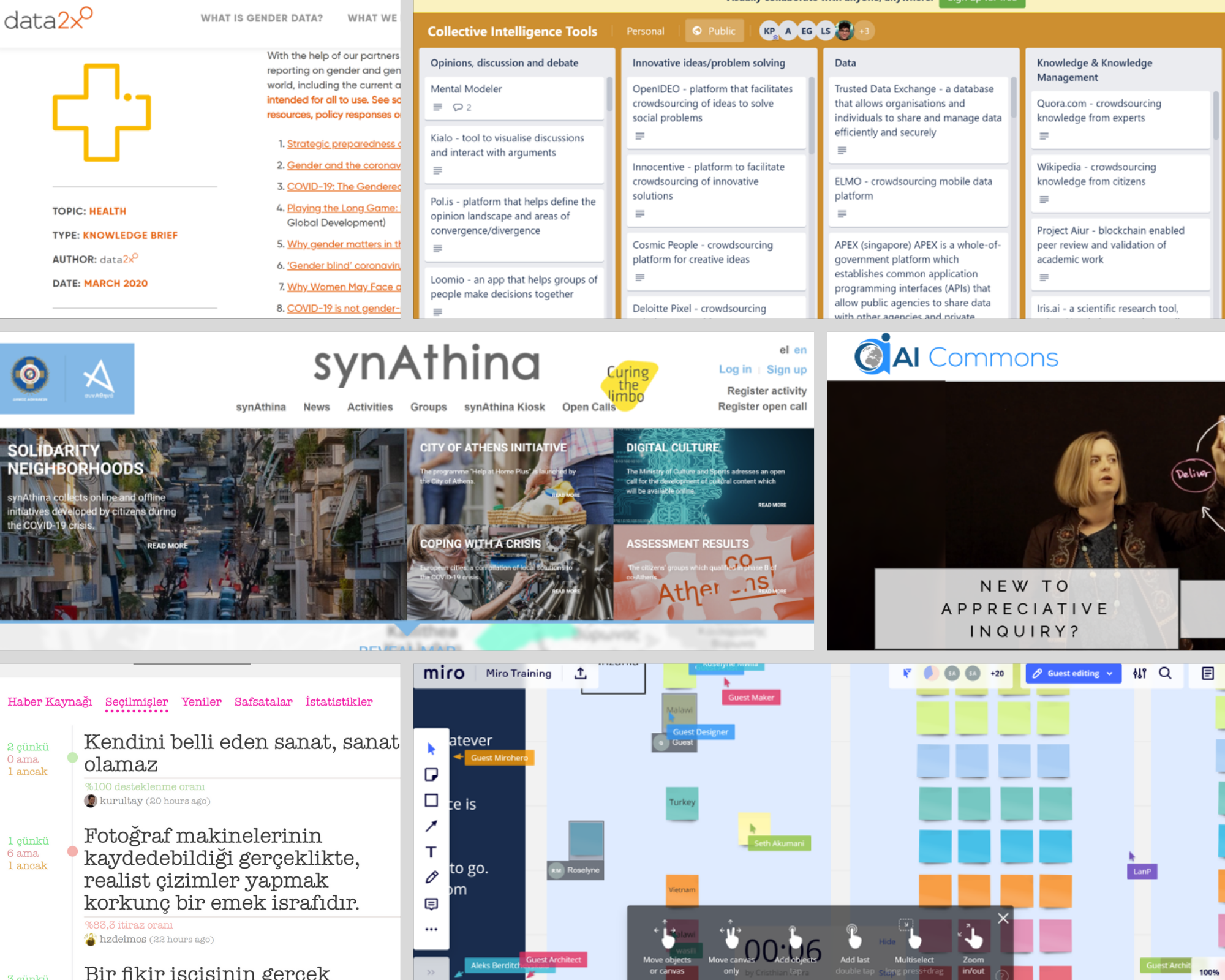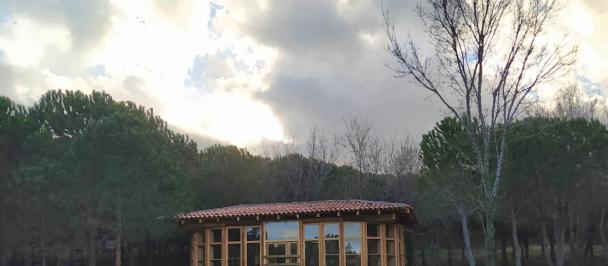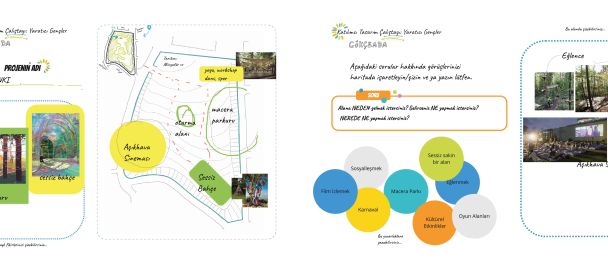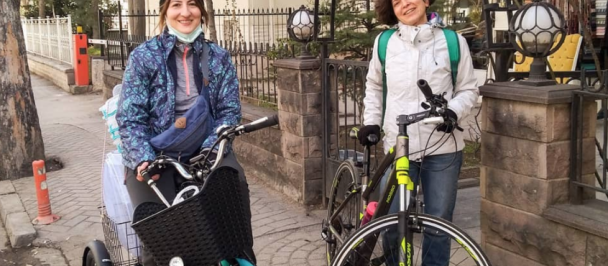A couple of months ago, AccLab Turkey broached the concept of ghost space to to understand what it would take to design a truly participatory community project whereby a neglected public space is revitalized to create an inclusive and vibrant community hub through co-design. Although co-design methodology is very well known in urban design spheres globally, it has never been widely adopted in Turkey. AccLab Turkey contextualized this as a process of learning and sharing experience with the stakeholders.
Ghost space is a term to describe underutilized or abandoned public spaces in an urban area. The primary cause of ghost spaces is poor design that lacks the attraction of place, safety, perceived safety, environmental quality, and accessibility. In some cases, ghost spaces are dilapidated but collectively memorized public areas which are deeply connected to the vivid narratives of people. However, today, ongoing political impositions and spatial interventions might serve to wipe away the collective understanding of what a public space is or should be in urban life.
In its broadest definition, a public space is a place that is open and accessible to people. It encourages collectivism, action, demonstration, and creation of discourse via interaction. Indeed, it manifests the spirit of a city with its physical form and social fabric. By this mean, the placemaking practices supports creating dynamic, healthy urban environment, improves urban infrustructure, social networks, and safety when they are conducted with transparency and good faith from bottom up. The process requires strong local partnerships, participation of diverse existing groups and NGOs working collaboratively that results in enriching the value of identity, public demand, and recognition.
AccLab Turkey aims to encourage exercising of rights to the city, diversity, and co-develop constructive ground for communication between the municipality, citizens, and unusual actors.
Today, the novel coronavirus has created a landscape of ghost areas;
the term has expanded far beyond the landscape of an urban unit. It is spreading across the globe, city after city has shut down. As with natural disasters, epidemics deeply affect city governance, public morals and production of space. During the pandemic, most people are avoiding leaving their homes unless it is necessary. Emptiness in the built environment has spread vastly and we are witnessing the consequences of the fragility of our socioeconomic systems and urban planning
During this period of isolation, it is not possible to study the place physically. In addition, the bureaucratic processes that are involved like signing an MoU with the municipality is on hold, which hampers progress. While this unexpected disruption is changing the dynamics of the project, it also creates new room to rethink public-ness and the future of urban public spaces.
We have globally become aware of the virtues of resilience and cooperation. The pandemic has intensified discussions on eco-living, digital infrastructure, smart cities, internet technologies and the use of big data. We need to reconsider how as human beings we occupy the Earth to find new ways to improve environmental and social sustainability. If these new conditions persist, we will need to consider novel approaches to living and infrastructure, such as moving towards decentralized cities and redistributing some of the population to rural settlements thanks to today’s remote working capabilities.
Among many other responses, actions and recovery scenarios, discussions about the future speculate about new terms of sociality - beyond the end of the pandemic, and what life might look like. One of the most important effects of the crisis is that we are still dependent on our temporal responsibilities, such as deadlines or meeting schedules, yet we are free, independent of the space. The technological transformation expected in the next 10 years with Internet 3.0, and the Internet of Things (IoT) has also accelerated and brought up concepts such as the spatial internet on the agenda. So, the days when we will question spatiality are not far away.
We are all faced with an immersive need for digitalization in doing business, communication, and networking. Discovery of digital tools to maintain projects, meetings and programmes has become essential. Almost all communities and human relations have been moved to online platforms. Many art and science institutions have started sharing their archives online and have found ways to offer virtual access to their events and activities to stay connected.
Even so, we can't technically claim those digital platforms as virtual public spaces, we don't pay much attention to the absence of public space online due to the ad-hoc nature of the internet: no zoning restrictions, no city plans or elected authorities. Yet they provide various tools to maintain some of the functions of public spaces such as participation, diversity, collective decision making, co-creation, and production of discourse.
From this point of view, the ghost space project can still grow online in collaboration, participation and digital tools considering it as an experiment on its own. Online tools enable co-working, organization of events, workshops, and collective decision making. Therefore, we see a value-added opportunity in communicating via online platforms which permits the tracking of changing needs, perceptions, and futuristic perspectives through new living conditions. This enables us to understand the signals of new spatial organizations responding to the needs of possible future scenarios. The idea of rethinking how we occupy the Earth may fundamentally change how we design cities as well as the understanding of public spaces.
The new normals have become embedded in our lives so suddenly, and how much we are exposed to this ambiguous process will also determine the future of cities as well. On the bright side, ambiguity invites solutions and has the power of transformation because of the natural human desire for certainty.

 Locations
Locations
